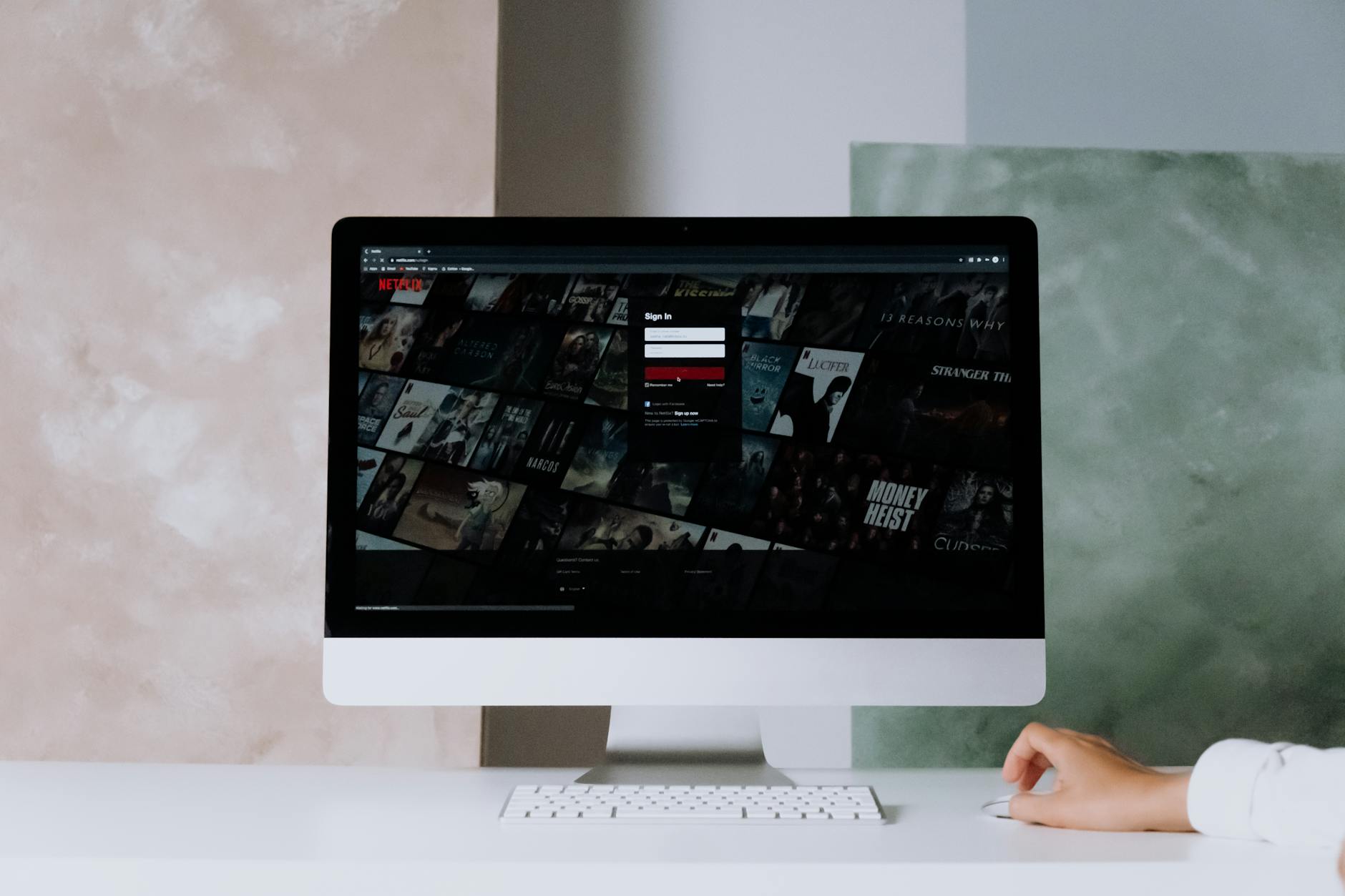Why Australia's Fibre Connection Options Are Perfect for Educators

Fibre Connection Types
Distinguishing FTTN, FTTP, and FTTC
When exploring fibre connection types, it's essential to decipher the distinctions between FTTN, FTTP, and FTTC. These acronyms stand for Fibre to the Node, Fibre to the Premises, and Fibre to the Curb, respectively. Each offers a unique way of delivering internet services to your home, with variations in speed and stability. For those aiming to integrate digital learning into their environments, understanding these differences is crucial. FTTP delivers the highest speeds directly to your doorstep, ideal for high-demand tasks like video streaming and online collaboration. Meanwhile, FTTN and FTTC offer more cost-effective options but may come with reduced performance based on distance from the fibre source.
Understanding HFC Technology
Hybrid Fibre-Coaxial, commonly referred to as HFC, is another fibre connection type that combines fibre optics and coaxial cables. It's widely used due to its ability to provide fast internet without the need for complete fibre installation. HFC can be an excellent choice for learners and educators needing reliable internet without the price tag of full fibre solutions. This blend of technology ensures good speeds, making it suitable for activities such as researching online educational resources or attending virtual seminars hosted by institutions like Brisbane Technology Park.
Benefits of Fixed Wireless NBN
The fixed wireless nbn is a promising option for those in areas where traditional fibre connections are unavailable. By using radio signals from a transmission tower, this service provides internet access to homes within a certain radius. It's particularly beneficial for rural inhabitants or urban fringe dwellers who require a stable internet connection for education and work. Although it may not match the speed of VDSL2 services, it's worth considering. To find available options, an internet availability checker can help pinpoint feasible solutions in your vicinity. This empowers you to make informed decisions about integrating this technology into your learning space.
Advantages for Educators
Reliable Connectivity for Remote Learning
In the ever-evolving landscape of digital education, having a reliable internet connection is essential for educators who aim to facilitate seamless remote learning experiences. A dependable connection ensures that online lessons proceed without interruption, allowing both educators and students to focus on the learning material instead of technical glitches. High-speed internet options, such as Starlink Australia, provide the bandwidth necessary to support numerous simultaneous connections without compromising performance. This reliability is especially beneficial for educators in bustling regions like Brisbane, where the city’s technological growth is reflected in local areas such as Brisbane Technology Park.
Enhanced Video Conferencing Experience
Video conferencing has become an integral part of educational environments, offering face-to-face interaction despite physical distances. Choosing the right internet provider in my area can significantly enhance video quality, reducing lag and ensuring clarity during classes. Smooth, uninterrupted video sessions encourage active participation and maintain engagement, which is crucial for effective teaching.
Facilitating Collaborative Platforms
Collaborative online platforms depend heavily on stable internet connections to function optimally. Educators are increasingly turning to tools that facilitate group work and interactive discussions. Technologies like adsl and HFC enable these platforms to operate efficiently, supporting real-time collaboration without lags or connectivity issues. This empowers educators to create dynamic, interactive learning environments that mirror in-person classroom collaboration. By integrating robust internet solutions, educators can leverage technology to its fullest potential, making digital learning in Brisbane especially exciting and effective.
Environmental Sustainability of Fibre Technology
Integrating sustainable practices into our technological infrastructure not only benefits the environment but also enhances our everyday experiences. Fibre technology in Australia, such as Fibre to the Node fibre to node and FTTP (Fibre to the Premises), offers notable environmental advantages that align with our values of sustainability and efficiency.
Energy-Efficient Networks
Fibre technologies are renowned for their energy efficiency. Unlike traditional copper networks that consume more power due to signal amplification, fibre optics require significantly less electricity as they transmit data using light. This efficiency means less strain on our power grids, leading to reduced emissions and a smaller carbon footprint. By incorporating energy-efficient solutions at the Roma Street Parkland and leveraging the inherent advantages of fttp plans, we can create a greener and more sustainable future.
Eco-Friendly Infrastructure
Fibre networks boast an infrastructure that’s not only modern but also eco-friendly. The materials used in fibre optic cables are more sustainable compared to traditional materials, adding another layer of environmental consideration. As cities like Brisbane embrace these technologies in spaces like Brisbane Technology Park, there's a direct positive impact on reducing environmental degradation. Moreover, fewer materials are needed for maintenance and repairs, further minimising waste and resource consumption.
These considerations highlight how fibre's eco-friendly infrastructure harmonises with our broader environmental goals. By choosing fibre connectivity, you're not just improving your digital experience but also contributing to a more sustainable world.
Exploring Broadband Options
For many Australians striving to make informed decisions about their home internet, finding the home internet best deals can feel overwhelming. Historically, fibre connections like Fibre to the Node (FTTN) and Hybrid Fibre Coaxial (HFC) have been the staple providers. However, for those who value flexibility, wireless broadband offers an alternative worth considering.
Wireless broadband sidesteps the intricacies of fixed-line infrastructure, relying on mobile networks to deliver internet to your home. It's a significant advantage for users who need a quick setup without the wait time associated with installing cables. Additionally, it offers mobility; if you're ever relocating or need a temporary internet fix, wireless solutions can swiftly meet those needs.
However, it's crucial to consider a few factors when choosing this option:
-
Signal Strength: Assess the coverage of mobile networks in your area to ensure reliable performance.
-
Data Limits: Be aware of potential limitations on data usage, which could impact heavy users.
-
Speed Variability: Network congestion might affect speed; verify what typical speeds you can expect during peak times.
Exploring options that resonate with environmental concerns, such as green infrastructure and renewable energy usage in their operations, is also a proactive approach. Sustainable broadband choices align with a growing demand for eco-conscious technology. Whether you are gearing up for a seamless remote work experience or ensuring steady streaming sessions, weighing these factors will help navigate the digital landscape, keeping your learning and professional environments productive and connected.
Empowering Education with Innovative Tech
Practical Integration Tips
Incorporating digital resources into education isn't just about tech-savvy tools; it's about transforming belief systems within learning environments. Start by leveraging the infrastructure around us. Utilise spaces like the Brisbane Technology Park as collaborative hubs where students can engage in practical projects. Encourage students to explore virtual exhibits at the Queensland Museum, which offers interactive experiences that complement academic curriculums. It's opportunities like these that make digital learning exciting and relevant.
Leveraging Local Tech Resources
Brisbane offers a wealth of resources that can bring digital education to life. The green expanses of Roma Street Parkland can be a starting point for environmental science projects that utilise digital tools. Students could engage in data collection and analysis using mobile apps, making learning more hands-on and impactful. Consider tapping into the wealth of software and tools available to facilitate these experiences. For example, applications that support virtual meetings can bridge the gap between remote learning and in-person instruction effortlessly.
Future-Ready Learning
Prepare students for the digital future by incorporating technology into everyday learning. Providing access to fibre optic internet can enhance experiences with high-quality, immersive content that is both engaging and informative. Using fibre broadband in the classroom can seamlessly support these initiatives, ensuring smooth connectivity for webinars, virtual classroom experiences, and the growing realm of artificial intelligence applications. The key is fostering an adaptable learning environment where students feel motivated and technology feels like a natural part of education.


